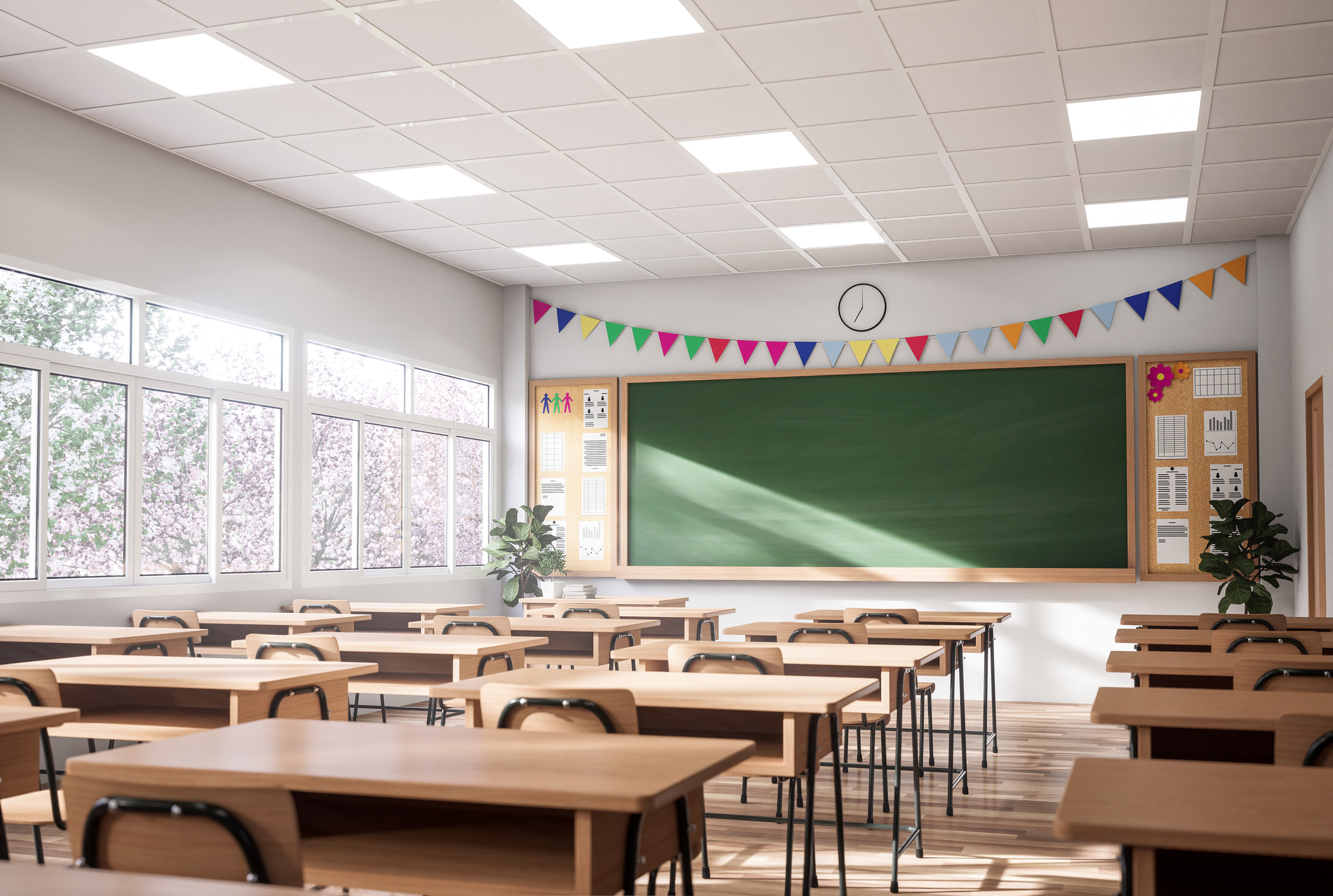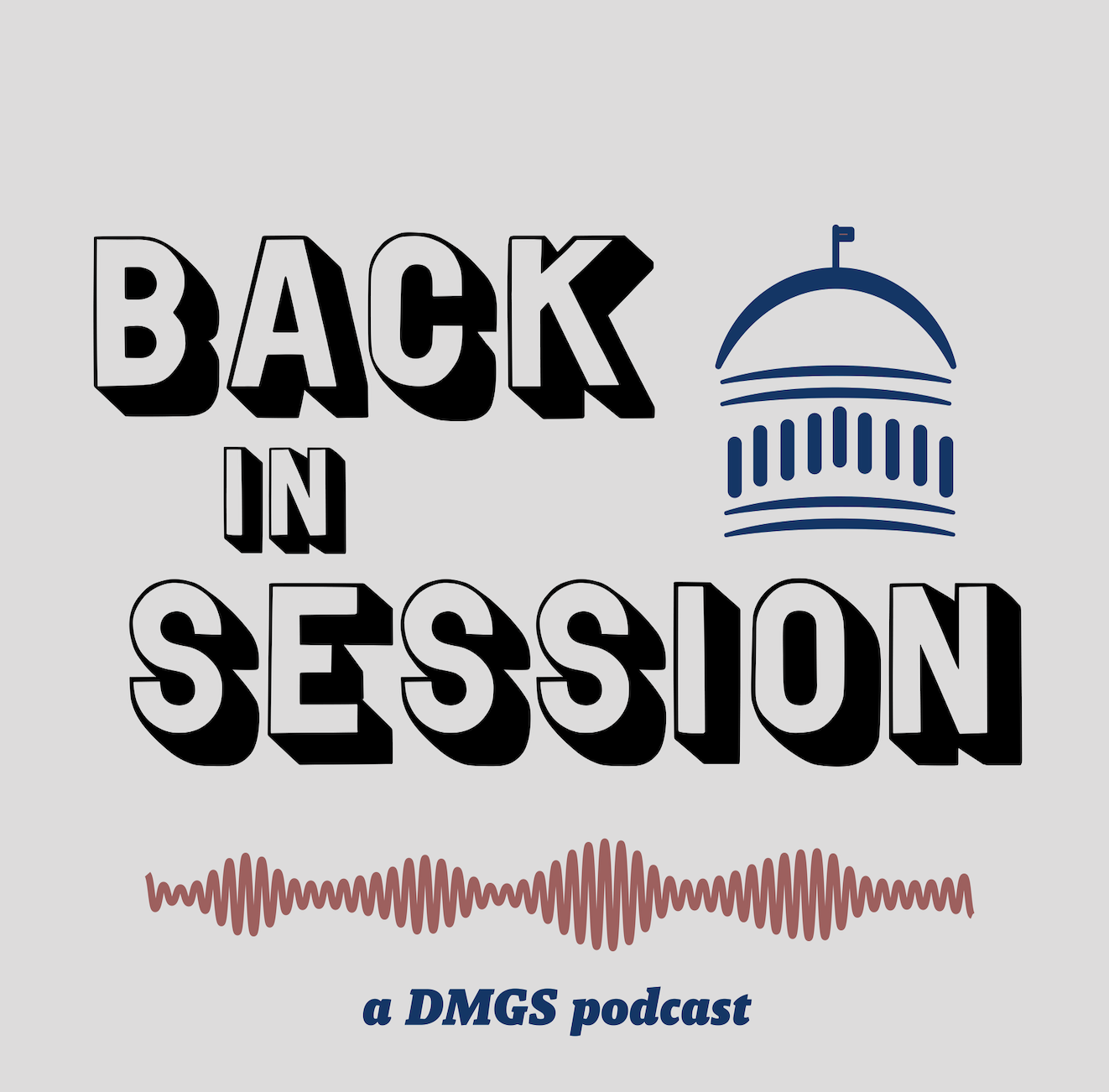
States School Closures
Nearly all U.S. states, territories, and federal agencies have ordered or recommended that schools remain closed this academic year.[1] Over half of US K-12 students are now home for the school year.[2] The pandemic has caused rapid shifting and problem-solving as districts, schools, administrators, educators, and even parents and students grapple with new demands while meeting requirements and obligations.
| State[3] | State Status[4] | Closure Status[5] |
| Alabama | State ordered closure | Ordered closed for the academic year |
| Alaska | State ordered closure | Ordered closed for the academic year |
| American Samoa | State ordered closure | Ordered closed until further notice |
| Arizona | State ordered closure | Ordered closed for the academic year |
| Arkansas | State ordered closure | Ordered closed for the academic year |
| Bureau of Indian Education | Closures determined at school/district levels | Varies by school/district |
| California | State recommended closure | Recommended closed for the academic year |
| Colorado | State ordered closure | Ordered closed for the academic year |
| Connecticut | State ordered closure | Ordered closed for the academic year |
| Delaware | State ordered closure | Ordered closed for the academic year |
| Department of Defense Education Activity | State recommended closure | Recommended closed for the academic year |
| District of Columbia | State ordered closure | Ordered closed for the academic year |
| Florida | State recommended closure | Recommended closed for the academic year |
| Georgia | State ordered closure | Ordered closed for the academic year |
| Guam | State ordered closure | Ordered closed for the academic year |
| Hawaii | State ordered closure | Ordered closed for the academic year |
| Idaho | State recommended closure | Recommended closed for the academic year |
| Illinois | State ordered closure | Ordered closed for the academic year |
| Indiana | State ordered closure | Ordered closed for the academic year |
| Iowa | State ordered closure | Ordered closed for the academic year |
| Kansas | State ordered closure | Ordered closed for the academic year |
| Kentucky | State recommended closure | Recommended closed for the academic year |
| Louisiana | State ordered closure | Ordered closed for the academic year |
| Maine | State recommended closure | Recommended closed for the academic year |
| Maryland | State ordered closure | Ordered closed for the academic year |
| Massachusetts | State ordered closure | Ordered closed for the academic year |
| Michigan | State ordered closure | Ordered closed for the academic year |
| Minnesota | State ordered closure | Ordered closed for the academic year |
| Mississippi | State ordered closure | Ordered closed for the academic year |
| Missouri | State ordered closure | Ordered closed for the academic year |
| Montana | Closure expired | Varies by school/district |
| Nebraska | State ordered closure | Ordered closed for the academic year |
| Nevada | State ordered closure | Ordered closed for the academic year |
| New Hampshire | State ordered closure | Ordered closed for the academic year |
| New Jersey | State ordered closure | Ordered closed for the academic year |
| New Mexico | State ordered closure | Ordered closed for the academic year |
| New York | State ordered closure | Ordered closed for the academic year |
| North Carolina | State ordered closure | Ordered closed for the academic year |
| North Dakota | State ordered closure | Ordered closed for the academic year |
| Northern Marianas | State ordered closure | Ordered closed for the academic year |
| Ohio | State ordered closure | Ordered closed for the academic year |
| Oklahoma | State ordered closure | Ordered closed for the academic year |
| Oregon | State ordered closure | Ordered closed for the academic year |
| Pennsylvania | State ordered closure | Ordered closed for the academic year |
| Puerto Rico | State ordered closure | Ordered closed for the academic year |
| Rhode Island | State ordered closure | Ordered closed for the academic year |
| South Carolina | State ordered closure | Ordered closed for the academic year |
| South Dakota | State recommended closure | Recommended closed for the academic year |
| Tennessee | State recommended closure | Recommended closed for the academic year |
| Texas | State ordered closure | Ordered closed for the academic year |
| U.S. Virgin Islands | State ordered closure | Ordered closed for the academic year |
| Utah | State ordered closure | Ordered closed for the academic year |
| Vermont | State ordered closure | Ordered closed for the academic year |
| Virginia | State ordered closure | Ordered closed for the academic year |
| Washington | State ordered closure | Ordered closed for the academic year |
| West Virginia | State ordered closure | Ordered closed for the academic year |
| Wisconsin | State ordered closure | Ordered closed for the academic year |
| Wyoming | Closure expired | Varies by school/district |
State COVID Response Education Legislation[6]
State legislatures, often working in conjunction with state or federal agencies, are confronting the problems for K-12 education created by the COVID-19 pandemic and the resulting school closures.
Arizona
Arizona enacted House Bill 2902 provides for the reconciliation of the K12 state budget.[7] Enacted House Bill 2910 provides procedures regarding public school closures due to COVID-19 and appropriates monies.[8] Notably, Arizona also passed Senate Bill 1692, which allows their Superintendent of Public Instruction to transfer funds from the state General Fund (GF) appropriation for basic state aid to results-based funding programs for FY2020 without review.[9] Arizona legislature enacted Senate Bill 1693 to ensure that despite public school closures, school employees will continue to be paid by the district, and it waves instructional hour requirements, extends testing windows for state assessments, and requires public schools to continue to offer educational opportunities.[10]
Arkansas
Arkansas House Bill 1010 reappropriates the balances of capital improvement appropriations for the state Department of Education (DOE), Division of Elementary and Secondary Education.[11]
California
Senate Bill 117 provides that due to COVID-19, instructional days/minutes requirements will be deemed to have been met during school closures and extends the window for the English learner assessment, unless otherwise waived by the Superintendent. This bill also waives attendance and instructional time requirements and extends other assessment windows. Under the bill, the state DOE must consider the impact of school closures on special education and ensures that obligations imposed by federal law cannot be waived by states. Additionally, it appropriates $100,000,000 from the California GF for the purchase of personal protective equipment (PPE) and sanitation needs by local education agencies.
Idaho
Idaho enacted House Bill 576, which establishes the Public School Digital Content and Curriculum Fund to provide classrooms with digital content and curriculum to impact student achievement and improve performance.[12] Idaho also enacted several bills making further appropriations to support education in the upcoming fiscal year.[13]
Iowa
After first failing to pass House Bill 2625, Iowa enacted Senate Bill 2408, which provides instructional time waivers for school districts and accredited nonpublic schools, citing the need for the prevention and containment of coronavirus.[14]
Kansas
Kansas legislature enacted Senate Bill 142 to address educational concerns such as the duration of the school term. The bill authorizes the grant of waivers from school term requirements during disaster periods. It includes a statement of intent that school districts continue to pay hourly employees.
Kentucky
House Bill 458, enacted in Kentucky, clarifies eligibility of students for home and hospital instructions and requires the State Board of Education (BOE) to disseminate administrative regulations for such instruction. The bill also clarifies requirements for exemption from compulsory attendance due to conditions and authorizes instruction to be delivered through in-person, electronic, or other regulatorily established means. Enacted Senate Bill 177 addresses impacts on school districts as it relates to the pandemic. The bill authorizes a school operating under a nontraditional instructional plan to request approval for additional student attendance days that include distant and virtual learning. It also grants flexibility with instructional time and days, while requiring the DOE to seek waivers for reimbursement for the provision of meals and waives statewide assessment and accountability requirements. Importantly, it also requests flexibility on IDEA (Individuals with Disabilities Education Act) requirements.
[1] https://www.cnn.com/2020/04/18/us/schools-closed-coronavirus/index.html
[2] https://www.npr.org/sections/coronavirus-live-updates/2020/04/16/835941050/nearly-half-of-u-s-public-school-students-are-home-for-the-school-year
[3] https://www.edweek.org/ew/section/multimedia/map-coronavirus-and-school-closures.html
[4] https://www.edweek.org/ew/section/multimedia/map-coronavirus-and-school-closures.html
[5] https://www.edweek.org/ew/section/multimedia/map-coronavirus-and-school-closures.html
[6]https://www.ncsl.org/research/education/covid-19-education-bill-tracking-database.aspx
[7]http://custom.statenet.com/public/resources.cgi?id=ID:bill:AZ2020000H2902&ciq=thatcher&client_md=35f6f71e88ac07bb3caf4f3c585e662c&mode=current_text
[8]http://custom.statenet.com/public/resources.cgi?id=ID:bill:AZ2020000H2910&ciq=thatcher&client_md=304a417917c04c9badb9b8f8a6eac204&mode=current_text
[9]http://custom.statenet.com/public/resources.cgi?id=ID:bill:AZ2020000S1692&ciq=thatcher&client_md=8849ab9cffffbf8d47c511e21bf84f13&mode=current_text
[10]http://custom.statenet.com/public/resources.cgi?id=ID:bill:AZ2020000S1693&ciq=thatcher&client_md=927747f001d23c75bc1a0a16b60d1bcf&mode=current_text
[11]http://custom.statenet.com/public/resources.cgi?id=ID:bill:AR2020000H1010&ciq=thatcher&client_md=51c5ab4b39d7c9b0a0d307c73dc8da68&mode=current_text
[12]http://custom.statenet.com/public/resources.cgi?id=ID:bill:ID2020000H576&ciq=thatcher&client_md=e91aea4e30a2cbfa9056ede306b6296d&mode=current_text
[13]http://custom.statenet.com/public/resources.cgi?id=ID:bill:ID2020000H628&ciq=thatcher&client_md=5141a923f0ec482e9d889801507e5a05&mode=current_text; http://custom.statenet.com/public/resources.cgi?id=ID:bill:ID2020000S1427&ciq=thatcher&client_md=d40344a04d75be5774a424839ac7040c&mode=current_text
[14]http://custom.statenet.com/public/resources.cgi?id=ID:bill:IA2019000S2408&ciq=thatcher&client_md=bb05ac023a4a7e641bb8a75b932a1f7a&mode=current_text
Latest News
Photo credit: iStock.com/Naypong The rise of Name, Image, and Likeness (NIL) rights has revolutionized collegiate athletics, empowering student-athletes to monetize their personal brands while maintaining eligibility, something we previously covered in 2023. Since California's groundbreaking [...]
Photo credit: iStock.com/runna10 Every year in the United States, a growing number of teachers leave their positions. While there are multiple reasons for this alarming trend, many teachers point to inadequate compensation as a significant [...]
In this episode of the Back in Session podcast, hosts Ryan Stevens and Ryan DeMara sit down with Terra McClelland, President of the State Government Affairs Council (SGAC) and Vice President of Government and External [...]
Photo credit: iStock.com/yacobchuk The use of cell phones by students in classrooms is on the rise, despite 77% of schools prohibiting cell phones at school for non-academic use. With students often disregarding these rules or [...]






Stay In Touch